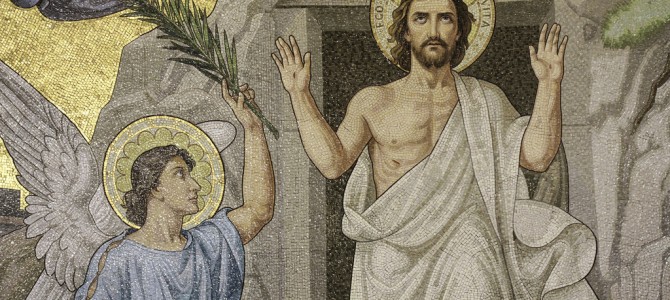Collecting egregious errors about basic Christian teachings is a hobby of mine and The New York Times gives me some of my favorite examples. Take this one of recent vintage:
An earlier version of this article mischaracterized the Christian holiday of Easter. It is the celebration of Jesus’s resurrection from the dead, not his resurrection into heaven.
—The New York Times, April 1, 2013
I made a funny back in March about how such corrections come off to the religiously literate.
But here’s another great one from the Sunday New York Times:
This NY Times article on Israeli tourism includes a curious theological claim. Cc @MZHemingway pic.twitter.com/82C56odcEm
— Josh Britton (@jbritt5) September 20, 2014
Are you smarter than a New York Times copy editor? Did you know that Christians do not believe Jesus is buried in a tomb in Jerusalem’s Church of the Holy Sepulchre because they believe he rose from the dead? Oh you did know that basic teaching of the world’s largest religion? Congratulations.
A hint that’s good for journalists confused on the matter is to consider the church also goes by the name “The Church of the Resurrection.”
Or to visit the tomb for yourself and note that it does not contain the relics of Jesus Christ. Or to read Scriptural accounts of what went down on that first Sunday of the Resurrection. Here are relevant links to the account in the Gospels of Matthew, Mark, Luke and John. The Resurrection of Jesus Christ — which is tied to the empty tomb — is arguably the most influential event in human history. It’s really something one should know about. At my congregation (full of people the New York Times frequently seems to disdain) last Sunday, we had a sermon that touched on history about this site.
The online version of the Times story, for what it’s worth, has been corrected to say:
Nearby, the vast Church of the Holy Sepulcher marking the site where many Christians believe that Jesus was buried, usually packed with pilgrims, was echoing and empty.
Interesting to note, though, that the correction hasn’t been acknowledged below the story. It was just changed without notification.
It’s also worth noting, perhaps that the church isn’t just notable for it being claimed as the site of the Resurrection but for a few other things as well.
In any case, maybe the New York Times can get an in-house Christianity consultant to help them navigate the topics not covered in journalists’ education any more.









